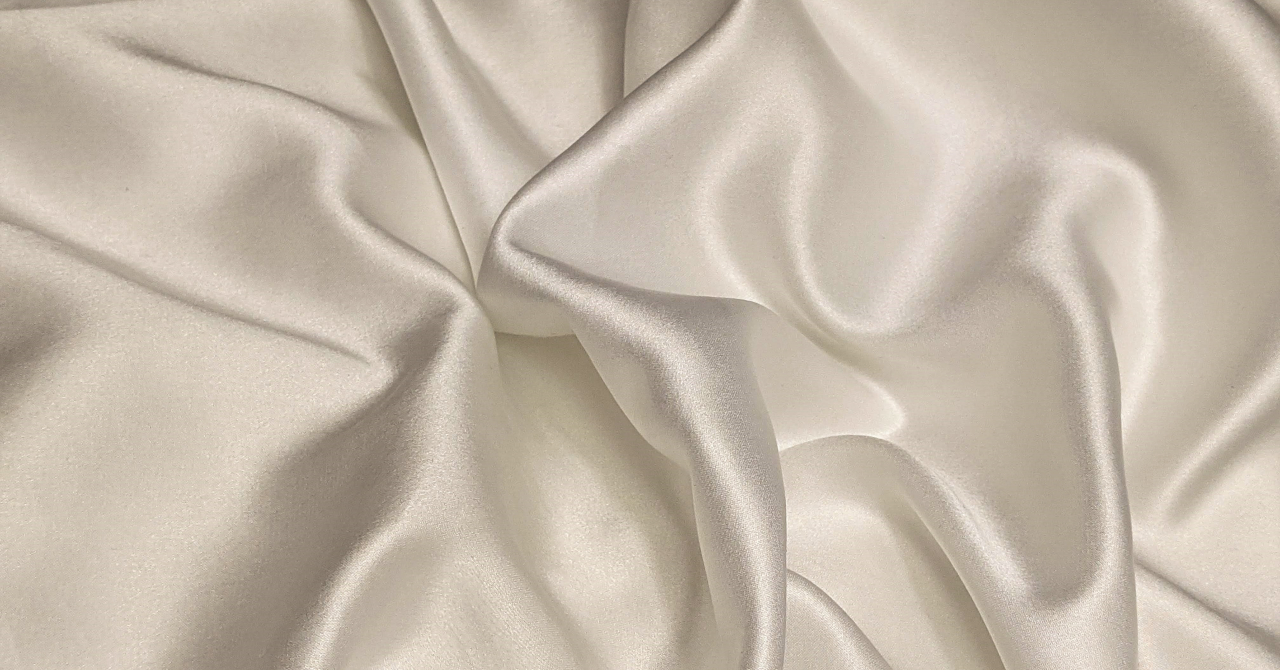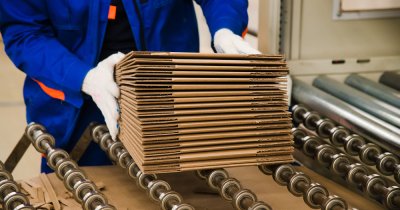According to Terra Daily, microplastics are sometimes intentionally added to agricultural products, paints and cosmetics and the total quantity of these micro-materials can reach as much as 50.000 tons per year just in the EU.
These pollutants are to be eliminated by 2025 by EU officials, which means that scientists must find viable alternatives to replace them.
A team of researchers at the Massachusetts Institute of Technology and some partners have developed a silk-based alternative that could prove to be an inexpensive and easy to produce.
Microplastics are being formed from other processes as well, such as the degradation of bigger plastic materials and tire wear.
MIT professor of civil and environmental engineering Benedetto Marelli says that each application of microplastics might need its own replacement solution.
"We cannot solve the whole microplastics problem with one solution that fits them all. We'll solve climate change and pollution of the world one percent at a time", he says.
Silk is considered to be a safe material to use for food and medical applications, as it is not toxic and degrades in the body.
Researchers have shown in their own testing that silk-based material could be used in existing spray-based manufacturing equipment in order to create an herbicide product that can be used on various crops.
The solution was tested by scientists in a greenhouse on corn crops.
Other specialists have proposed degradable encapsulation materials in the past, but Marelli stated that "there is a strong need to achieve encapsulation of high-content actives to open the door to commercial use. The only way to have an impact is where we can not only replace a synthetic polymer with a biodegradable counterpart, but also achieve performance that is the same, if not better."
Also, silk must be produced in various places on the planet to avoid relying on a single source and to enable large-scale manufacturing, as China is the country that controls almost the entire silk supply.
Marelli added that China produces 90% of all high-quality silk threads, since the industry there was able to perfect the manufacturing process over the years.
Still, in order to replace microplastics, lower quality silk can be used as well, which means that production can be scaled in other parts of the world, the researcher mentioned.
 Mihai - Cristian Ioniță
Mihai - Cristian Ioniță












Any thoughts?